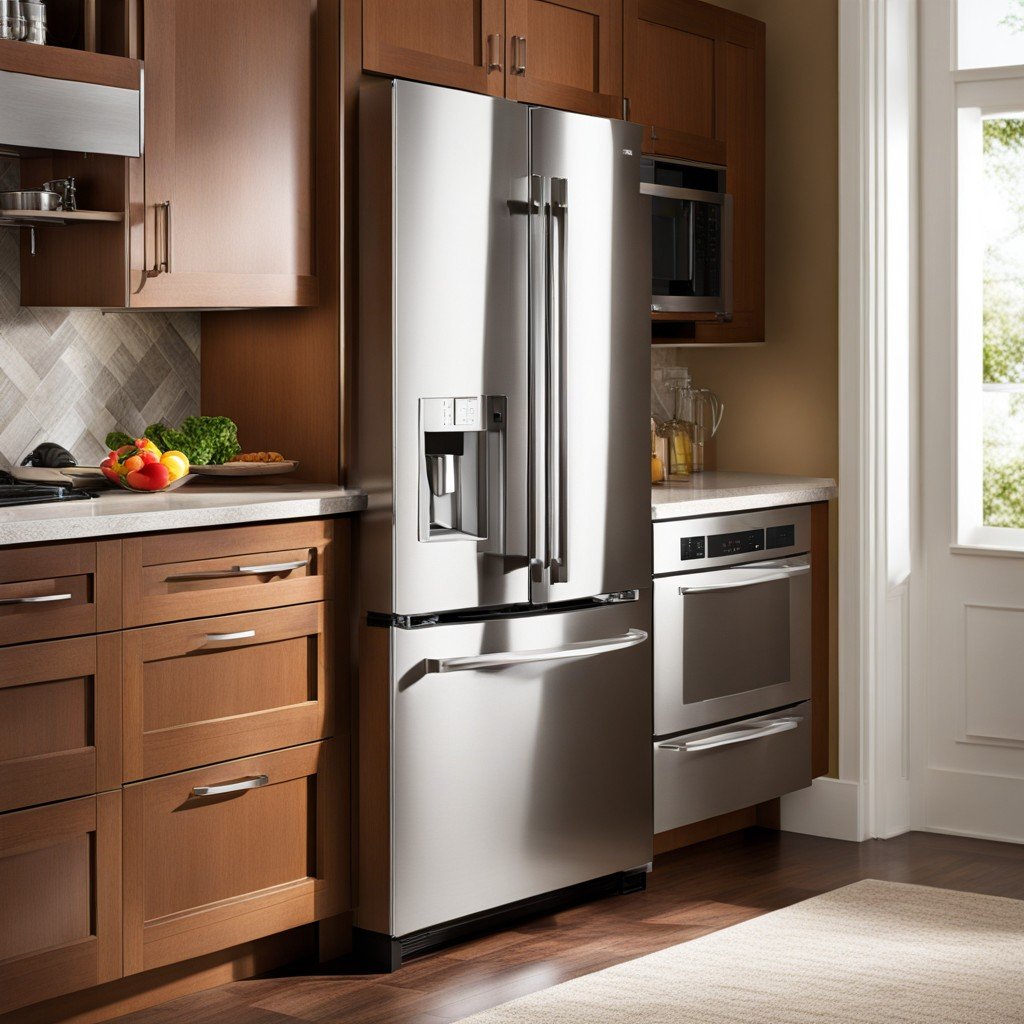-
Table of Contents
How Should Refrigerant Blends Be Charged?

Refrigerant blends are a crucial component of many cooling systems, including air conditioners and refrigerators. They play a vital role in the heat transfer process, which is the core of any cooling system. However, charging these blends can be a complex task, requiring a deep understanding of the blend’s properties and the system’s requirements. This article will guide you through the process of charging refrigerant blends, focusing on non-azeotropic blends, and provide troubleshooting tips and solutions for common issues.
Understanding Refrigerant Blends
Refrigerant blends are mixtures of two or more refrigerants. They are classified into two types: azeotropic and non-azeotropic (or zeotropic). Azeotropic blends behave like a single refrigerant, with all components evaporating and condensing at the same temperature. On the other hand, non-azeotropic blends have different evaporation and condensation temperatures for each component, leading to a phenomenon called temperature glide.
What is a Ternary Blend Refrigerant?
A ternary blend refrigerant is a type of non-azeotropic blend that consists of three different refrigerants. These blends are often used to achieve specific performance characteristics or to meet environmental regulations. However, their charging process can be more complex due to the different properties of each component.
Charging Non-Azeotropic Refrigerant Blends
Non-azeotropic refrigerant blends should be charged as a liquid to ensure that the correct proportions of each component are maintained. Charging as a gas can lead to fractionation, where the blend’s composition changes due to the different evaporation rates of the components. This can significantly affect the system’s performance and efficiency.
How Do Refrigerant Blends Leak from a System?
Refrigerant blends can leak from a system due to various reasons, including faulty seals, damaged lines, or improper installation. Leaks can lead to a decrease in system performance and efficiency, and in some cases, can even cause system failure. Therefore, it is crucial to regularly check the system for leaks and address them promptly.
Replacement Parts for Charging Refrigerant Blends
When charging refrigerant blends, it is essential to have the right tools and replaement parts. these may include charging hoses, gauges, refrigerant cylinders, and recovery machines. Always ensure that these parts are in good condition and suitable for the type of refrigerant blend you are working with.
When to Call the Authorized Service
If you are unsure about the charging process or encounter any issues, it is advisable to call the authorized service. professionals have the necessary knowledge and experience to handle refrigerant blends safely and effectvely. In America, where the use of refrigerant blends is widespread, there are service centers in many provinces. You can find the nearest service center by calling the number provided on the company’s official website.
Conclusion
Charging refrigerant blends is a critical task that requires a thorough understading of the blend’s properties and the system’s requirements. Non-azeotropic blends should be charged as a liquid to prevent fractionation, and regular checks should be performed to detect and fix any leaks. When in doubt, don’t hesitate to call the authorized service for assistance.
Note: The information in this article is collected from various online sources. while we strive for accuracy, there may be some discrepancies. For the most accurate and up-to-date information, please visit the company’s official website. The site owner is not responsible for any inaccuracies or issues arising from the application of this information.







